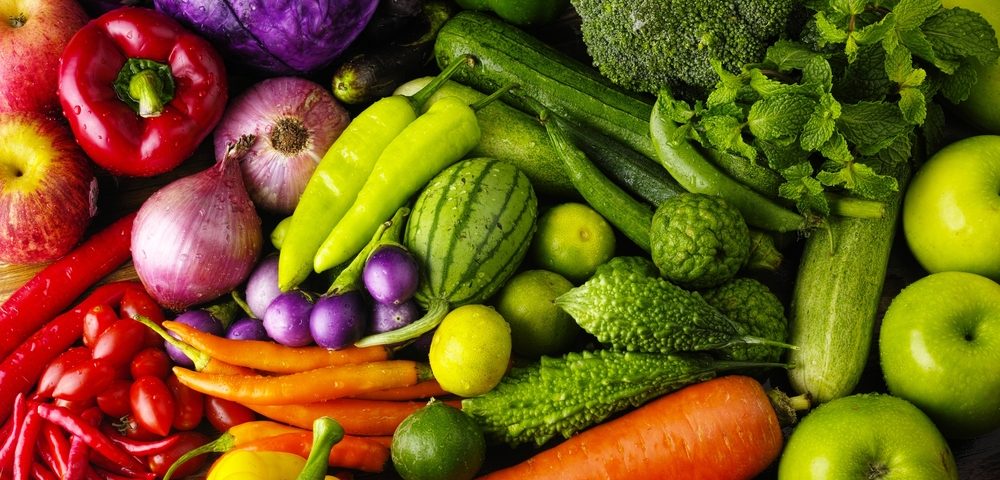Proteins Made on Lettuce Leaves May Lead to Safe and Less Costly PAH Treatment, Study Suggests

Oral delivery of two proteins produced on lettuce leaves and involved in blood vessel health eased pulmonary hypertension and heart abnormalities in a rat model of pulmonary arterial hypertension (PAH).
These results point to this plant-based approach as a potentially safe, inexpensive, shelf-stable treatment for PAH. Further studies are needed to confirm its benefits in other PAH animal models before moving to human clinical trials, the researchers said.
The study, “Investigational new drug enabling angiotensin oral-delivery studies to attenuate pulmonary hypertension,” was published in the journal Biomaterials.
PAH is characterized by the remodeling and narrowing of blood vessels that transport blood through the lungs. This results in high blood pressure, and forces the heart to work harder to pump blood through the body, which can lead to heart failure.
In PAH patients, there is a significant increase in the activity of the renin-angiotensin-aldosterone system (RAAS), which plays important roles in the cardiovascular system. Several preclinical and clinical studies suggest that suppressing RAAS may prevent PAH development, and lessen disease severity.
Angiotensin converting enzyme-2 (ACE2), and its protein product angiotensin (1-7), act as regulators of blood vessel function by counteracting RAAS. Recent studies have shown that activation of ACE2 or angiotensin (1-7) signaling leads to therapeutic benefits in animal models of PAH.
However, “oral delivery systems for repetitive delivery of ACE2/angiotensin (1-7) are not available, thus limiting their clinical applicability,” the researchers wrote.
Plant-derived products have several advantages over their more conventional and microbial-derived counterparts, particularly in the manufacturing of oral pharmaceutical products. These include a lower cost, easier manufacturing process, shelf-stability in a powdered form (requiring no refrigeration), and a lower risk of inducing allergic reactions (since plants are commonly consumed foods).
Plant-based products are also bioencapsulated (surrounded) by the plant cell wall, which resists degradation by stomach enzymes and acids. Rather, they are broken down by friendly bacteria that reside in the gut. This way, therapeutically relevant products can be orally delivered knowing that they will only be “released” in the gut, where they can reach the bloodstream.
Henry Daniell of University of Pennsylvania (Penn) School of Dental Medicine and colleagues developed an innovative platform to grow biomedically relevant proteins in the leaves of plants. The system works by introducing the gene of interest into chloroplasts — a plant cell structure mainly found in leaves that conducts photosynthesis — where the protein encoded by the gene of interest will be stably produced.
The platform works like a pharmaceutical farm, from which the researchers can harvest, dry, and process the leaves into a powder that can be orally delivered in a capsule or in a liquid form.
In a previous study, Daniell’s team showed that ACE2 and angiotensin (1-7) could be produced in tobacco leaves, and that their oral delivery significantly lessened pulmonary hypertension, and improved heart function in a rat model of PAH. The data also revealed that delivering both proteins resulted in greater therapeutic benefits than either one alone.
Now, Daniell’s team and colleagues at Penn Perelman School of Medicine and Indiana University School of Medicine, among others, used the same approach to produce ACE2 and angiotensin (1-7) in lettuce, a plant that can be safely ingested by people and that is accepted by health authorities as a manufacturing system.
Their work also included new methods of boosting the production of human proteins in plant cells, and of removing the antibiotic resistance gene that is typically used to select for angiotensin-producing plants (a requirement of some health authorities).
These genetically modified plants were produced in a facility that adheres to health authorities’ quality standards, facilitating the potential translation into clinical trials.
Researchers evaluated the safety, pharmacokinetics (uptake, distribution, and elimination) pharmacodynamics (effects on the body), and effectiveness of orally delivered ACE2/angiotensin (1–7), bioencapsulated in lettuce cells, in healthy rats and in PAH-induced rats.
Results showed that treatment was well-tolerated, and that ACE2/angiotensin (1–7) levels were increased both in the blood and lung tissues of the animals. Treated PAH-mice also showed lower levels of proteins associated with PAH, including those involved in RASS signaling, compared to mice given a saline solution placebo.
ACE2/angiotensin (1–7) treatment also led to 30%–50% reductions in pulmonary artery pressure and remodeling, and in PAH-associated heart abnormalities, including right ventricular hypertrophy — an abnormal enlargement of the heart right ventricle muscle — compared to placebo.
Moreover, the plant-derived products could be dried and kept shelf stable, at room temperature, for as long as two years.
“We are very excited about this work that shows efficacy of bioencapsulated ACE2 and angiotensin (1-7) in our animal model of pulmonary arterial hypertension. We now need to confirm that the intervention also works in other animal models, and when given later in the disease,” Tim Lahm, MD, the study’s senior author at Indiana University, said in a press release.
“Ultimately, our goal is to move this to the clinic for trials in patients, but we need to make sure we learn as much as possible from animal studies and from studies in healthy human subjects to make sure this intervention is safe and efficacious in patients,” Lahm added.
Penn Medicine’s Steven M. Kawut, MD, another study author, noted that this is an “innovative approach” to target the RAAS pathway in PAH, and that it “may hold promise in this and other diseases.”
Daniell hopes to continue evaluating this therapeutic approach in different types of cardiovascular disease, such as heart failure. “There are some potentially broad applications of this drug that we’re hoping to investigate,” he said.







